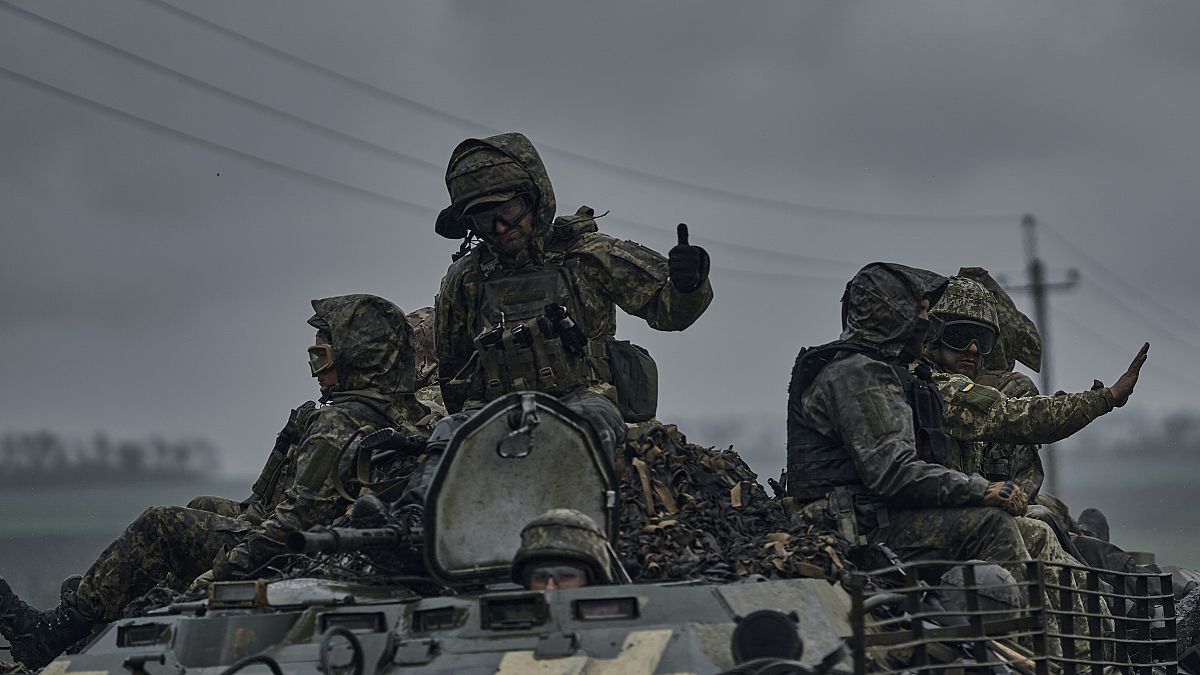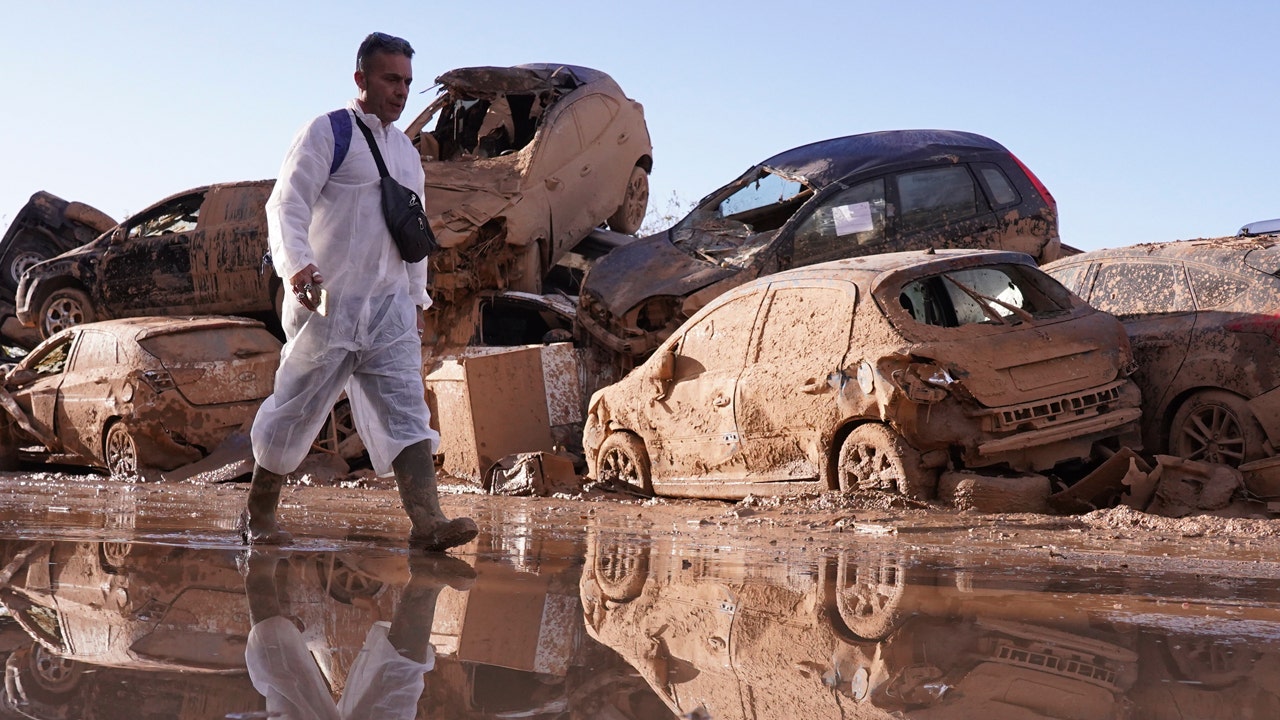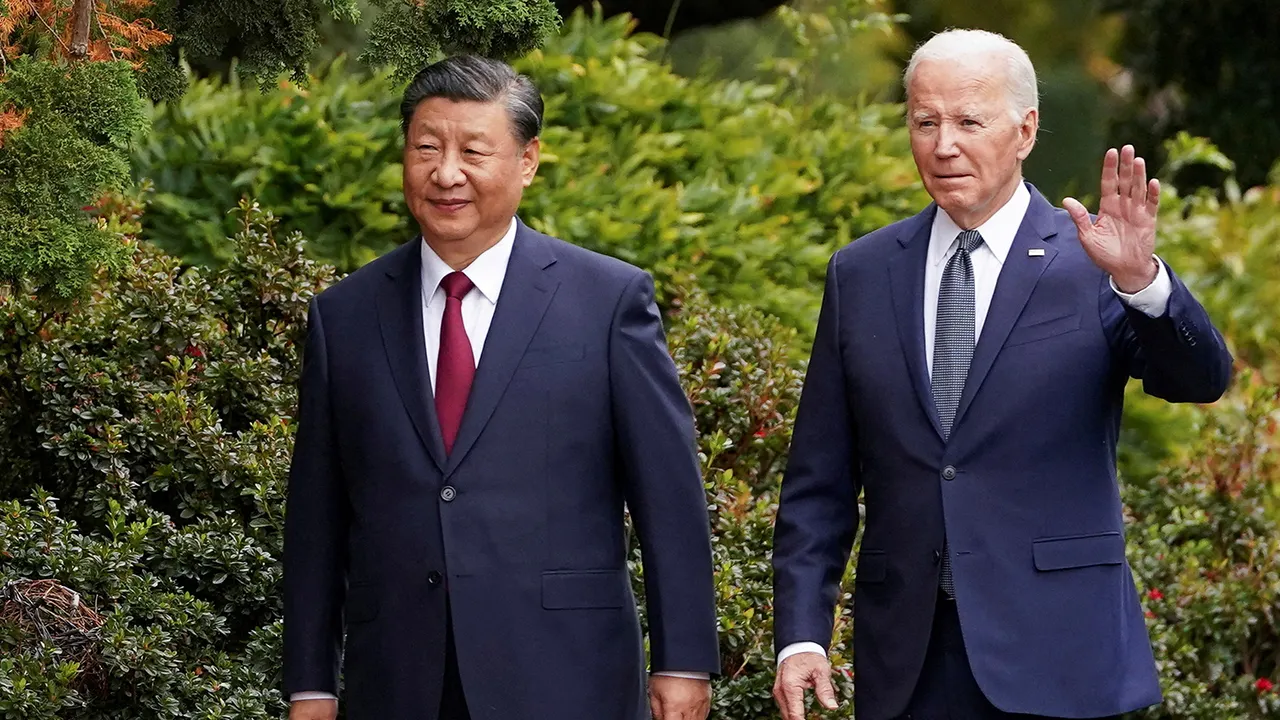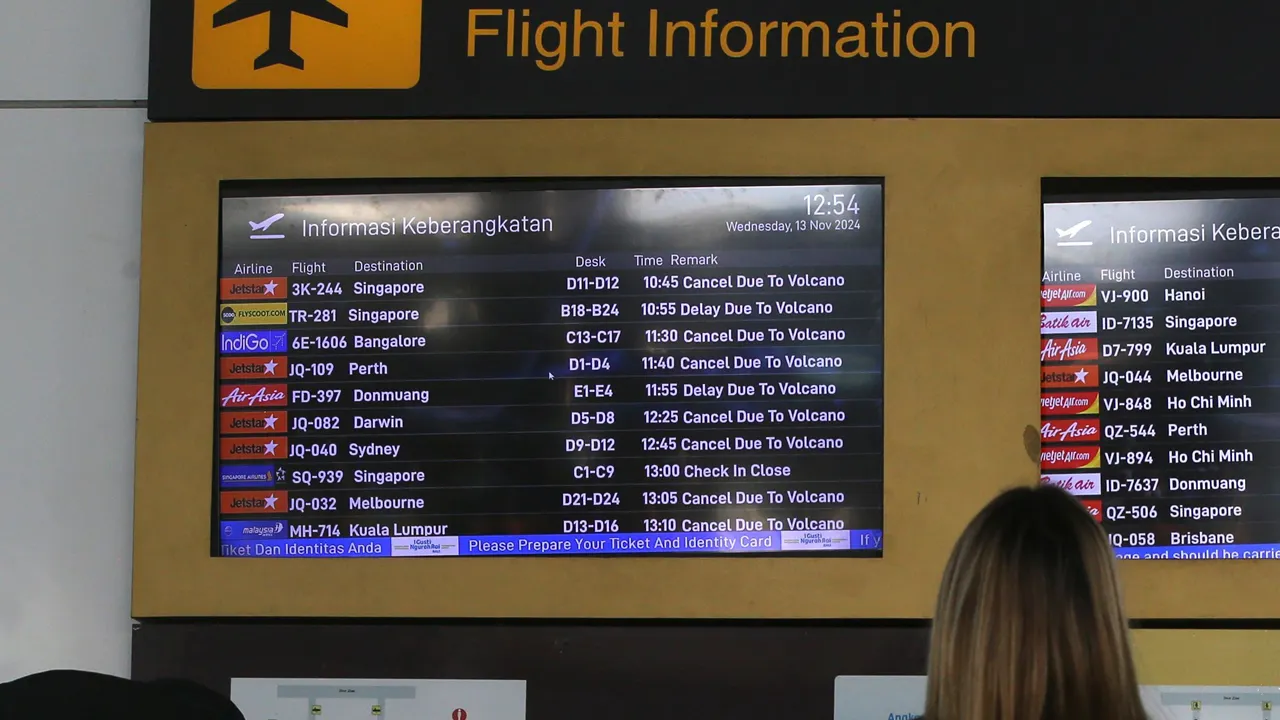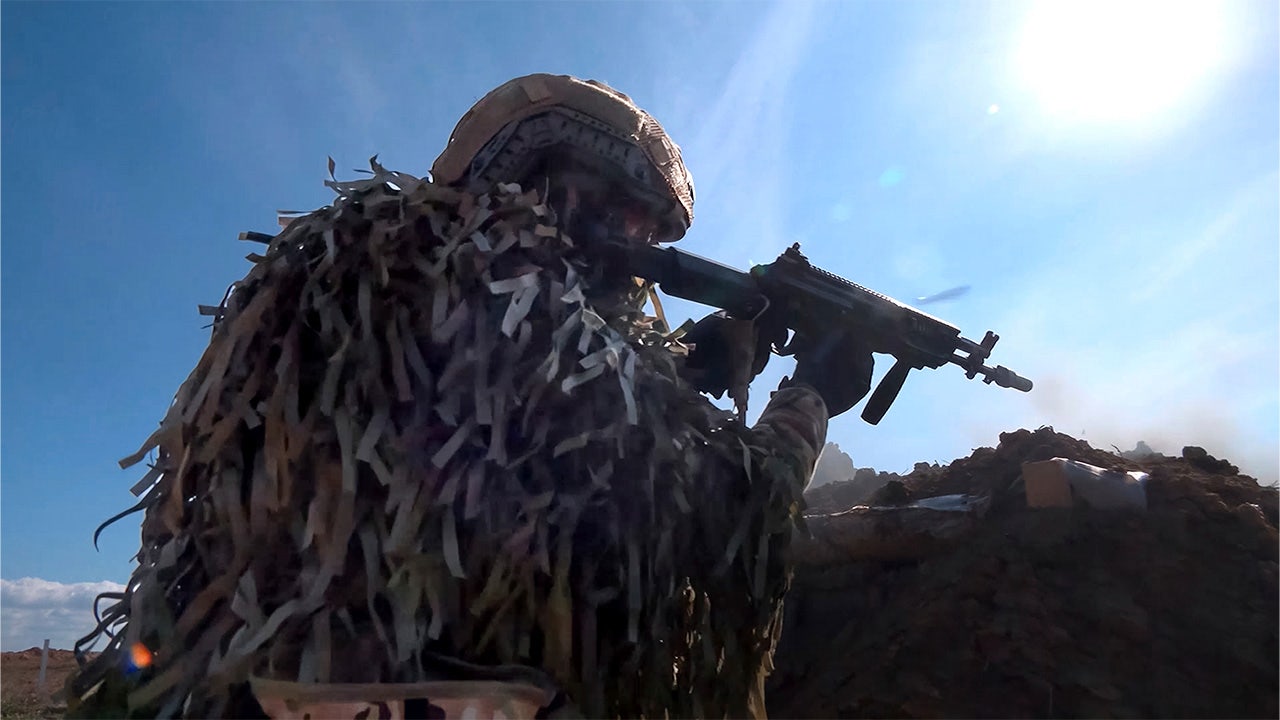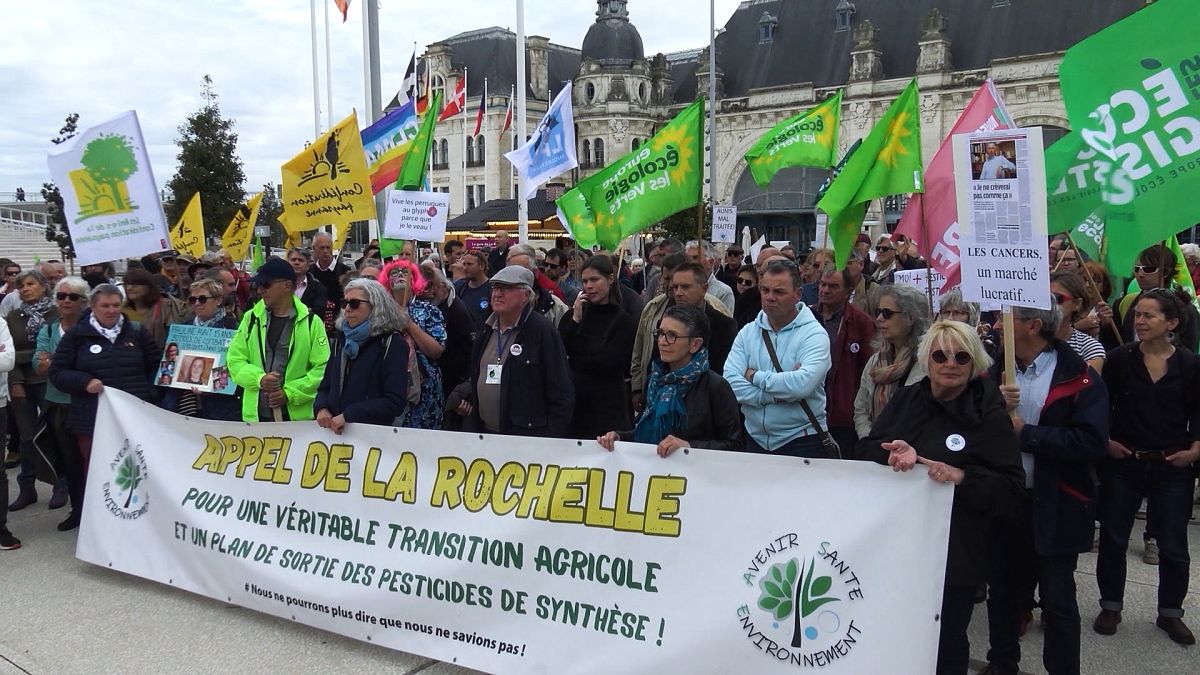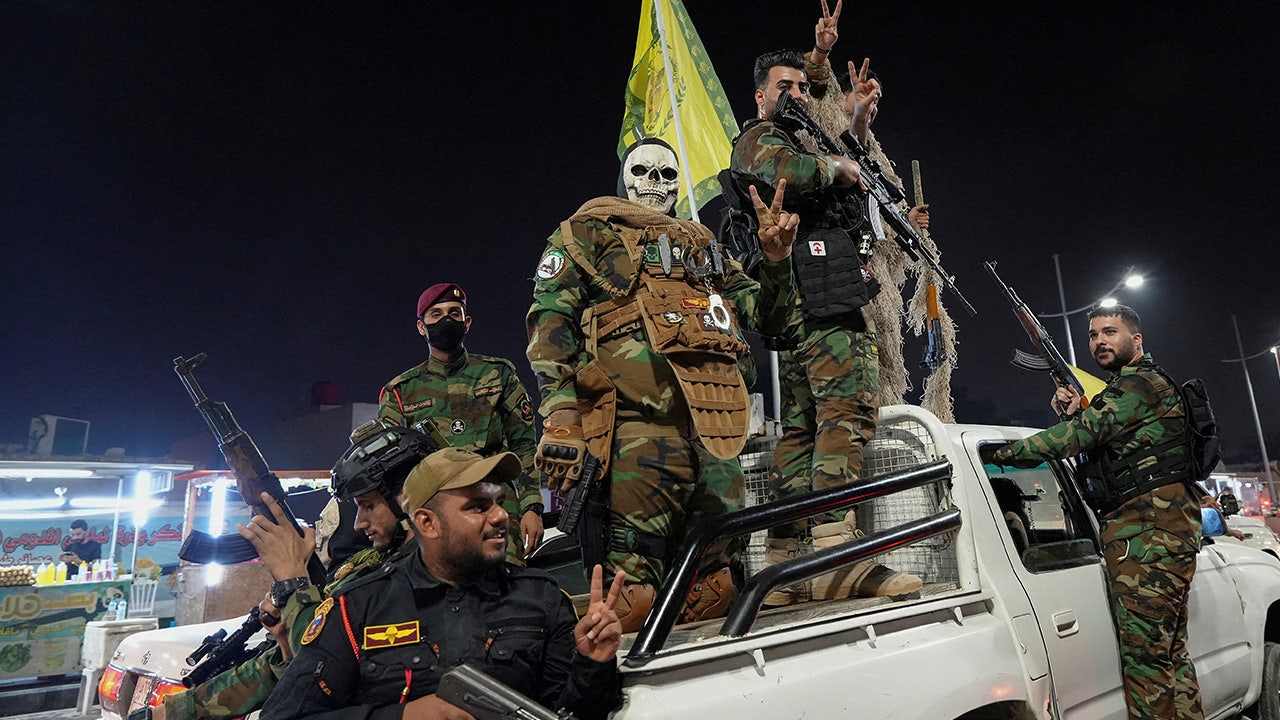Russian forces have reached the outskirts of the town in the southeastern part of the Donetsk region, threatening the town with encirclement. What could the consequences be, especially for the Russian offensive of Pokrovsk?
Russian forces have reached the outskirts of Vuhledar in the Donetsk region and might now be threatening the town from three sides amid what appears to be an intensified offensive push.
After repeated assaults for two and a half years since the beginning of the full-scale invasion, Russian forces have now made gains and will probably continue to pressure on this heavily defended part of the line over the next week, the UK Defence Ministry said.
But what is happening on the ground?
Over the past few days, Russian troops have appeared to have significantly stepped up the assault.
The information from Russian pro-war military bloggers and open-source monitors suggests Ukrainian forces are at risk of Russian encirclement.**
According to the available geolocated footage, Russian forces have broken into eastern Vuhledar and are advancing there.
They are also pushing on Vuhledar’s northeastern flank via Vodyane and southwestern flank via Prechystivka, likely in an effort to encircle the Ukrainian grouping in Vuhledar and force it to withdraw.
On 24 September, the crowd-sourced monitoring website DeepState said Russian forces were “simply razing it to the ground” with artillery and guided bombs. A video accompanying the post purportedly showed multiple explosions in an unidentified part of the town.
Ukraine’s General Staff said on the same day that there were “eight attempts to seize our positions” in the area but did not provide further details.
How important is Vuhledar?
Located 50 kilometres south of Pokrovsk, Vuhledar, the strategic roadway junction and logistics hub, is often called a fortress. It has been holding on for two and a half years since the beginning of Russia’s full-scale invasion.
There are concerns over the possible consequences of the loss of Vulhedar, specifically on how it could pose a threat to the southern flank of Pokrovsk — a priority target for the Russian army in the Donetsk region.
But the ISW argues that Russia’s potential seizure of Vuhledar is unlikely to fundamentally alter the course of offensive operations in this area, saying that Vuhledar is not a particularly crucial logistics node — Russian forces already either control or have fire control over most of the main roads running into the town.
Therefore, the capture of Vuhledar would not immediately offer Russian forces access to a new roadway or cut Ukrainian forces off from a roadway crucial to their logistical supply.
ISW previously assessed that Russian offensive efforts near Vuhledar and Pokrovsk are mutually reinforcing and intended to stretch Ukrainian forces along a broader front in the Donetsk region.
However, according to the UK Defence Ministry, this approach has also prevented Russia from massing forces on a single point of the line to have a more significant effect.
Read the full article here







